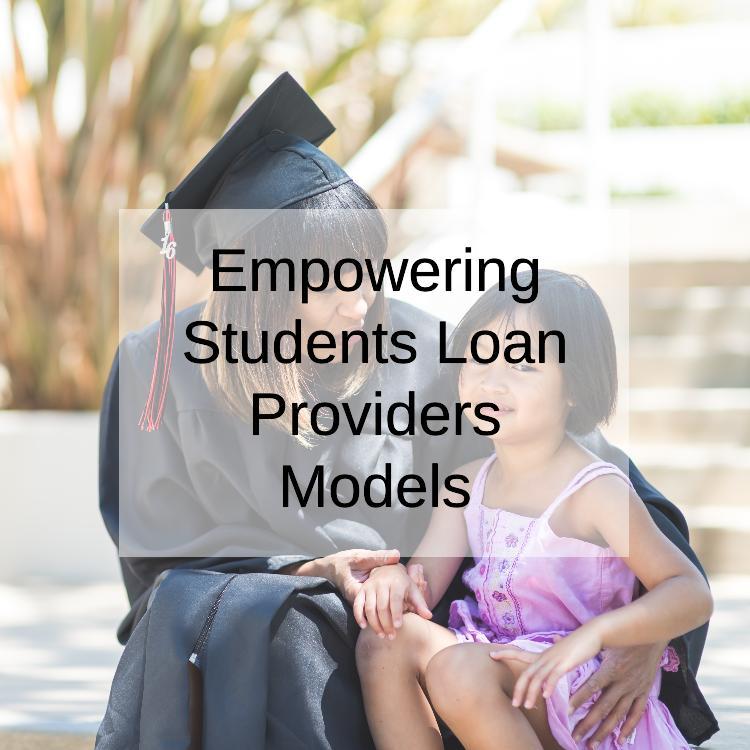In today's educational landscape of student loan for MS in US, understanding the different loan provider models is crucial for students seeking financial assistance. From federal to private, nonprofit to online, and peer-to-peer lending platforms, each model offers unique features and benefits. This guide aims to empower students by providing insights into the various loan provider models and helping them make informed decisions about their borrowing options.
Federal Loan Provider Model
Federal loan programs, such as United States Federal Student Loans, operate under the authority of the U.S. Department of Education. These loans are designed to provide financial aid to eligible students with fixed interest rates and flexible repayment options. Borrowers of federal loans benefit from borrower protections, including deferment, forbearance, and income-driven repayment plans. Understanding the federal loan provider model is essential for students exploring their financing options for higher education.
Private Loan Provider Model
Private loan providers are financial institutions or lenders that offer education loans to students. Unlike federal loans, private loans often have variable interest rates and stricter eligibility criteria. However, private loans may offer more flexibility in terms of borrowing limits and repayment options. Researching and comparing interest rates, fees, and borrower benefits among private lenders is crucial for identifying the best student loan lenders that meet individual financial needs and preferences.
Nonprofit Loan Provider Model
Nonprofit loan providers, such as credit unions and community development financial institutions (CDFIs), operate with a mission to serve the community rather than generate profits. These organizations offer education loans with competitive interest rates and favorable terms. Borrowers of nonprofit loans benefit from personalized customer service and community-focused initiatives. Exploring nonprofit loan provider models can provide students with access to affordable financing options and support community development efforts.
Online Loan Provider Model
Online loan providers offer Best Education Loan through digital platforms, providing convenience and accessibility to borrowers. These lenders streamline the loan application and approval process, often offering competitive interest rates and borrower benefits. However, students should be cautious of potential risks associated with online loans, such as security concerns and hidden fees. Understanding the online loan provider model allows students to leverage technology for efficient borrowing while mitigating potential risks.
Peer-to-Peer Loan Provider Model
Peer-to-peer lending platforms connect individual investors with borrowers seeking loans, bypassing traditional financial institutions. These platforms offer competitive interest rates and flexible borrowing terms, making them an attractive option for some students. However, peer-to-peer loans may come with higher interest rates and less favorable terms compared to traditional loans. Evaluating the benefits and risks of peer-to-peer lending platforms is essential for students considering this loan provider model.
Evaluating Loan Provider Models
When evaluating loan provider models, students should consider factors such as interest rates, fees, borrower benefits, customer service quality, and borrower satisfaction ratings. Comparing loan terms and conditions among different providers allows students to make informed decisions based on their financial circumstances and preferences. Seeking recommendations from financial advisors and other borrowers can provide valuable insights into the reputability and reliability of loan providers.
In understanding different loan provider models empowers students to make informed decisions about their borrowing options for higher education. By exploring federal, private, nonprofit, online, and peer-to-peer loan provider models, students can identify the Best Student Loans For Students that meet their financial needs and goals. Evaluating loan terms, conditions, and repayment options allows students to navigate the complexities of student loans and achieve their educational aspirations with confidence.
Get in touch:
Website – https://studentloansproviders.com/
Mobile – +91 9212306116
Whatsapp – https://call.whatsapp.com/voice/9rqVJyqSNMhpdFkKPZGYKj
Skype – shalabh.mishra
Telegram – shalabhmishra
Email – shalabh.web@gmail.com





